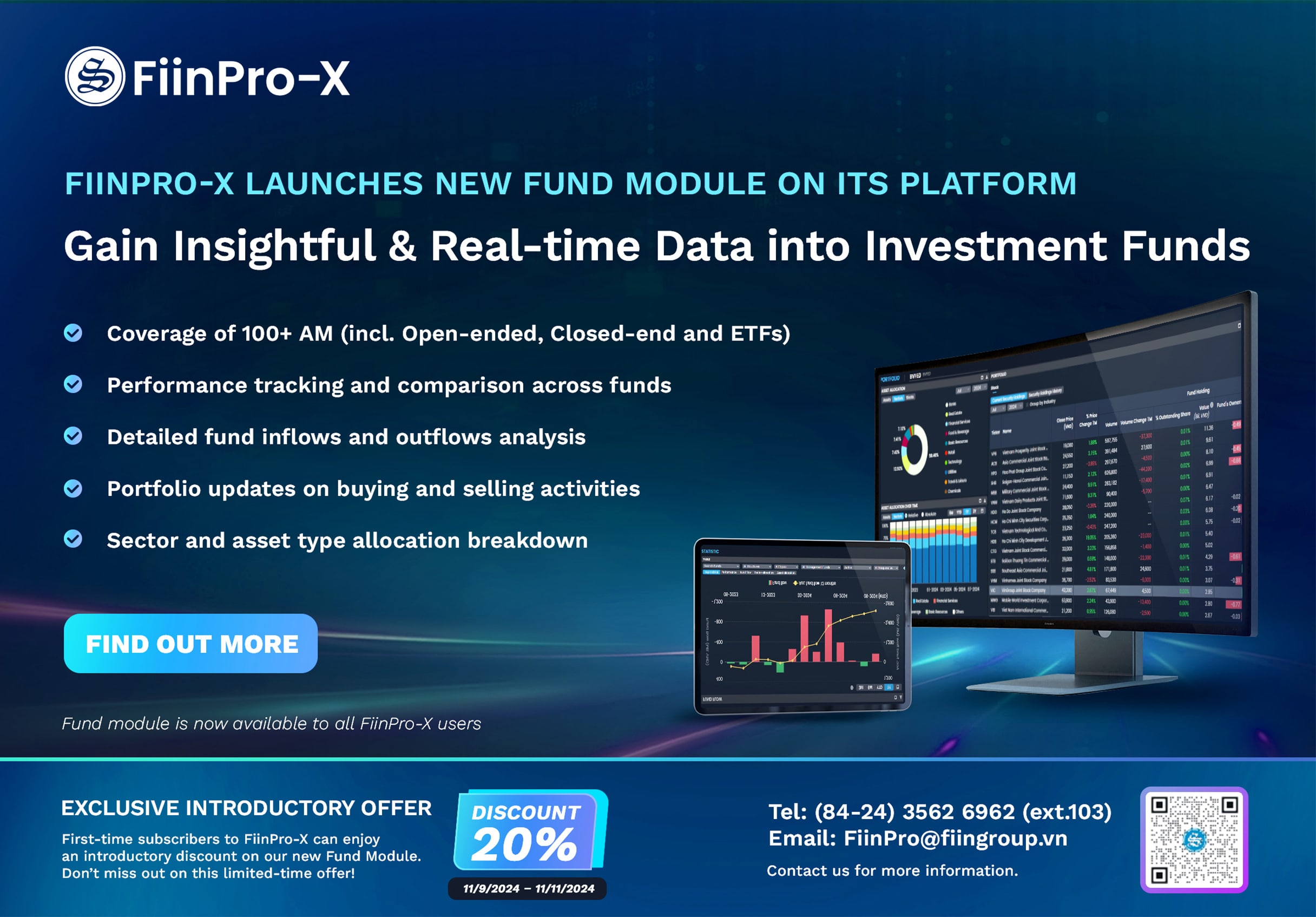
Commentary: Financing the Vietnam’s High-speed Railway: What is the Viable Solution?

FiinRatings is pleased to introduce its latest commentary: “Financing the Vietnam’s High-speed Railway: What is the Viable Solution?”. The commentary explores project finance as the most feasible structure for Vietnam’s super mega-infrastructure project, with insights into capital strategy, regulatory frameworks, and investor mobilization.
FiinRatings is pleased to introduce its latest commentary: “Financing the Vietnam’s High-speed Railway: What is the Viable Solution?”. The commentary explores project finance as the most feasible structure for Vietnam’s super mega-infrastructure project, with insights into capital strategy, regulatory frameworks, and investor mobilization.
Overview
- On November 30, 2024, the 15th National Assembly of Vietnam approved the Vietnam High-speed Railway project. Designed for speeds of up to 350 kilometers per hour, the railway will span 1,541 kilometers, connecting 20 cities and provinces across the country, including major industrial and municipal hubs such as Hanoi, Ninh Binh, Nghe An, Da Nang, Dong Nai, and Ho Chi Minh City (HCMC). With a total investment estimated at over USD 60 billion, the project has attracted interest from a number of Vietnam’s leading private-sector conglomerates, including Vingroup and Thaco Group, both of which have submitted investment proposals. Financing this super mega-infrastructure project poses major challenges, driven by unprecedented capital requirements and the need for a transparent, efficient implementation framework.
- Project Finance offers the most viable structure for the Vietnam High-speed Railway, as it ring-fences project risk within a bankruptcy-remote Special Purpose Vehicle (SPV) while enabling both private-sector leadership and initial equity contribution from the State. A minimum equity contribution of USD 12–15 billion from the State is considered necessary to build investor confidence and attract long-term capital.
- A diversified long-term capital structure with limited-recourse debt is required to raise the remaining USD 50 billion in debt capital, combining commercial bank loans, domestic and international infrastructure bonds, and ultra-long-term bonds targeting public participation. This diversified approach reduces financing risk and broadens the investor base for this mega project.
- Clear and transparent regulatory frameworks for not only this project but also for the country’s infrastructure plans, and broad-based capital market reforms aligned with infrastructure investment needs, are essential enablers, allowing institutional investors like insurance and pension funds to participate in infrastructure financing. Improving Vietnam’s sovereign credit rating from BB+ to BBB– is also a key priority to reduce the cost of capital and enhance the project's global appeal.
« Go Back
Our Events
-
Jan 28, 2019
[FiinPro Data] 2018 Earnings Update: 82% of businesses reported profits with a 16% growth
-
Dec 07, 2018
-
Oct 22, 2018
-
Oct 09, 2018
-
Apr 28, 2020
FiinGroup - Liberation Day and International Workers' Day Closing Announcement 2020
-
Oct 22, 2018
Vietnam Real Estate - Where is the market heading to?
The domestic real estate market has had a period of strong growth in the past five years, will this bull market continue and support real estate stocks to lead the market?